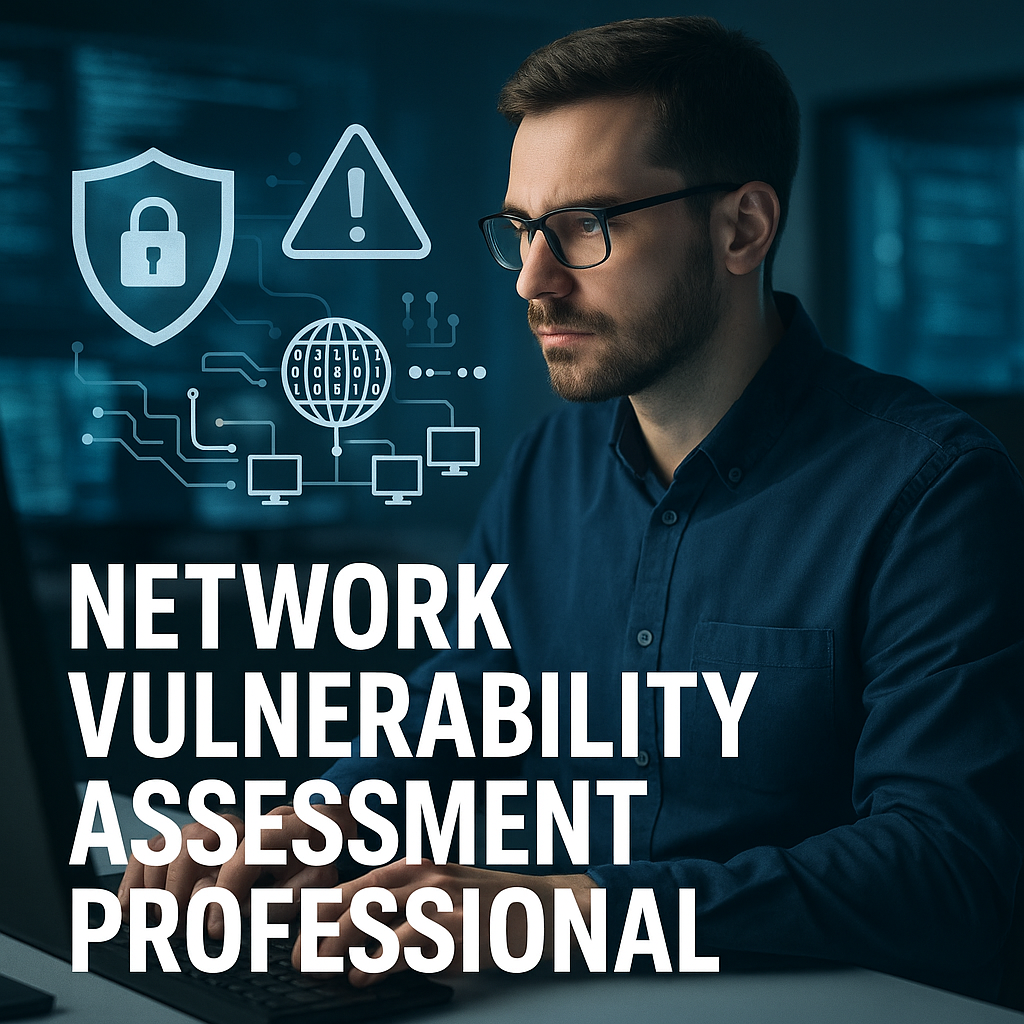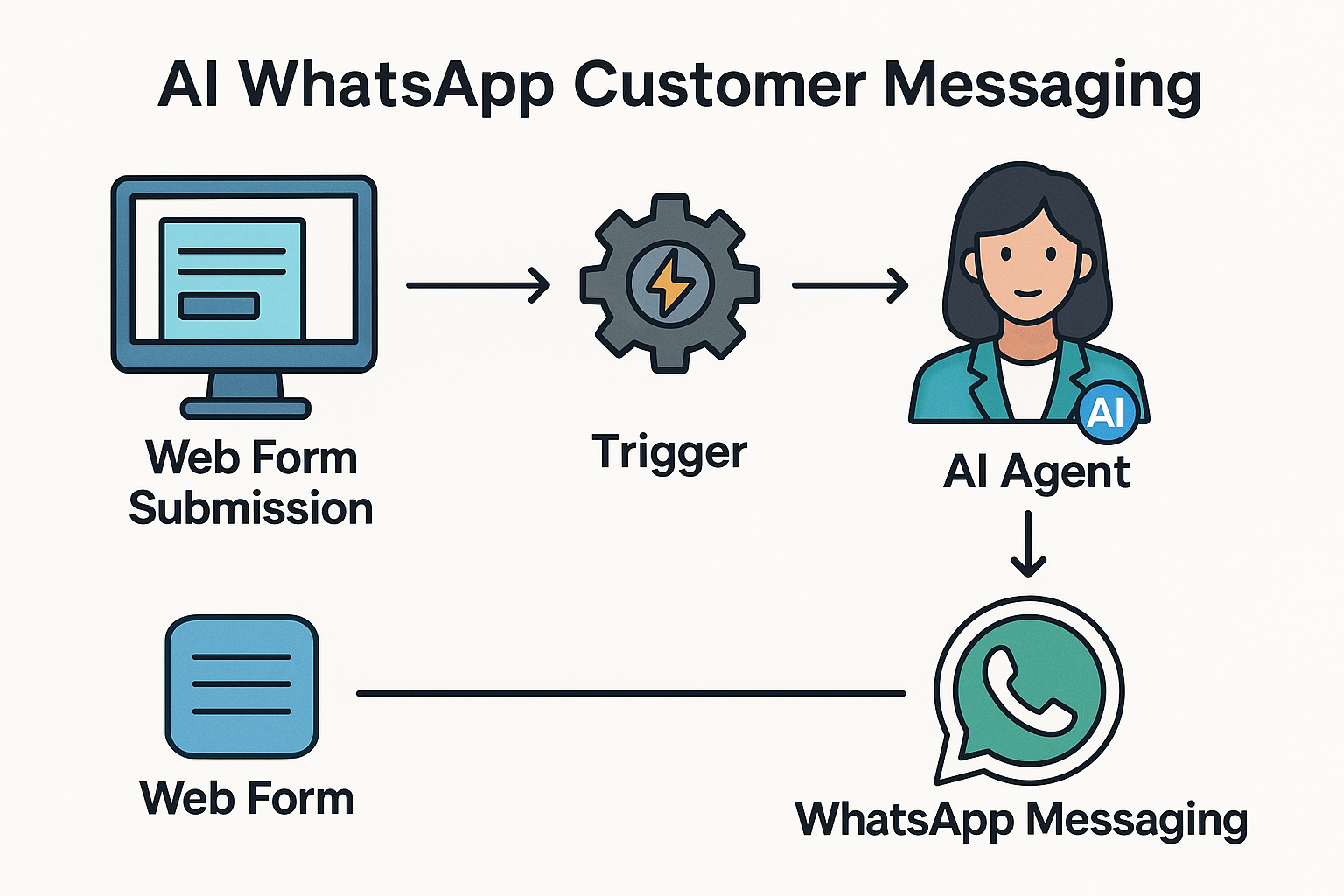A Guide to Network Vulnerability Assessments
Conducting a thorough network vulnerability assessment is a critical process for maintaining robust cybersecurity.
Here is a step-by-step guide for IT professionals.
Step 1: Network Discovery and Mapping
The first step is to gain a complete picture of the network. Use a network scanning tool to discover and catalog all connected equipment, creating a comprehensive map of both physical and digital assets. This provides the foundation for the entire assessment.
Step 2: Identify Primary Vulnerability Areas
With a complete network map, focus on identifying key areas where vulnerabilities commonly occur. These often include:
- On-site and cloud-based servers
- Routers and firewalls
- Open network ports
- Unsecured file-sharing protocols
- Remote desktop and remote access services
Step 3: Select the Right Assessment Tools
Choosing the correct scanning tools is crucial for an effective assessment. The ideal tools depend on several factors:
- Scope: The number of IP addresses to be scanned (both internal and internet-facing).
- Requirements: The type of report or certification needed.
- Depth: The level of detail required from the scan.
- Techniques: Whether brute-force credential checks are necessary.
- Budget: The financial resources available for the assessment.
- Expertise: Ensuring you have the skills to configure the scanner correctly and interpret the results.
Step 4: Execute the Scan
Configure your chosen vulnerability scanner(s) according to the assessment’s goals and begin the scanning process. Be aware that, depending on the network’s size and complexity, a comprehensive scan can take anywhere from several hours to multiple days.
Step 5: Conduct a Comprehensive Security Audit
Automated scanners can’t find everything. A manual, human-led assessment is required to identify configuration and policy-based weaknesses.
- Network Security: Search for misconfigured Wi-Fi routers with weak or missing passwords that may have been added by staff.
- User Policies: Verify that two-factor authentication (2FA) is enforced on all internal and external login systems. Check for the absence of rate limiting on login attempts, which can leave you vulnerable to brute-force attacks.
- Staff Training: Confirm that staff has received security awareness training. This is a critical, yet often overlooked, component of a strong security posture.
- Administrator Practices: Investigate for weak or default administrator passwords. Check if server firewalls have been disabled or improperly configured, as this can happen when IT staff shortcut proper procedures for application permissions.
- Backup and Recovery: Evaluate the backup strategy. Are backups regularly checked for corruption? Is at least one backup stored off-site and protected from ransomware? Who has access to these backups?
- Monitoring: Is there a continuous security monitoring and incident response plan in place?
Step 6: Review Access Control and Credentials
Carefully examine credential management and access rights across the organization.
- Privileged Accounts: Identify exactly who holds global administrator rights.
- Least Privilege: Ensure that privileged accounts are not used for daily tasks. Staff should use standard user accounts for routine work to minimize risk.
- Credential Security: Investigate how and where credentials are stored. Are they in a secure, access-controlled database or vault?
- Insider Threats: Consider the potential risks from internal staff, such as data theft or intentional sabotage, and ensure that trust is verified with strong access controls.
Step 7: Assess Hardware and Infrastructure
Outdated hardware is a significant security risk, as it often no longer receives security patches from the manufacturer.
- Lifecycle Management: Plan to replace equipment, especially internet-facing devices like routers and firewalls, every 3 to 5 years.
- Modern Solutions: We recommend upgrading to modern network solutions with intuitive and secure management interfaces. Products like Ubiquiti UniFi offer a cost-effective and secure solution suitable for most businesses.
- Configuration Complexity: Be cautious with overly complex, enterprise-grade systems. If not configured by a specialist, these systems can inadvertently introduce more vulnerabilities than they solve.
Step 8: Secure Endpoints and Mobile Devices
Laptops and other devices that leave the premises are prime targets. Ensure they are properly secured.
- Disk Encryption: All laptops must have full-disk encryption (FDE). While BitLocker is a viable option when implemented correctly (with a strong password/PIN and a modern TPM), consider devices that support hardware-based FDE via their NVMe drives for an even higher level of security.
- Physical Security: Enable a BIOS lock to prevent unauthorized changes to boot settings.
- System Policies: Enforce an automatic screen lock after a short period of inactivity.
- Removable Media: Prohibit the use of unencrypted USB sticks and other removable media.
Step 9: Final Verification and Testing
Finally, perform a series of checks to catch anything that might have been missed.
Physical Access: Review and secure physical access to servers, network closets, and other critical infrastructure.
External Testing: Use external probes to test all cloud servers and web applications for common vulnerabilities, including SQL injection, cross-site scripting (XSS), and SSL/TLS misconfigurations.
Internal Testing: If you have root-level access to servers, perform authenticated scans with a local agent to find outdated software and operating system vulnerabilities.
Password Hygiene: Use services like “Have I Been Pwned” to check if company email addresses or domains have appeared in known data breaches. Enforce a strong password policy requiring a complexity of 12-14+ characters with 2FA or Passkeys ideally.
Rogue Device Detection: Scan for and trace all internal IP addresses to ensure no unauthorized or “rogue” devices are connected to the network. This includes searching for unauthorized Wi-Fi access points. There are constant monitoring tools to identify new devices going forward.
Malware Protection: Is the company using a high quality anti-virus product like ThreatDown for business? Many solutions are not what they seem, search our website for additional details on quality malware protection.
Phishing Protection: Use a dual protection approach. ThreatDown Phishing protection combined with DNS blocking by ThreatDown or NextDNS with a good rule set in place. Check if mobile device protection is also required. Also add “Microsoft Defender for Office 365” which does not replace your anti-malware but helps to add a layer on to protect from email, onedrive, sharepoint threats and it is very low cost.
Software Locks: Ensure rouge applications can’t be installed by using advanced protection like ThreatLocker.
Reputable Third Parties: Check all possibilities like an external VPN. In reality many can’t be trusted not to sniff traffic. We approve of Proton VPN who also provide a secure Password Manager called Proton Pass which is highly recommended.
Firewall: Are IPS/IDS systems working as expected? Are rules updated and picking up threats?
Vulnerability Scanner Comparison for Business Networks:
| Tool | Free Edition | Paid Version | Key Features | SMB/WinRM/LDAP Support | Local Network Scanning | External (Online) Server Scanning | Authentication Support | Ease of Use |
|---|---|---|---|---|---|---|---|---|
| Nessus Essentials | Free (up to 16 IPs) | Yes (Tenable Nessus Pro / Tenable.io) | Comprehensive vuln scan, CVEs, plugin updates | ✅ Partial (via credentialed scans) | ✅ | ✅ | ✅ | 👍 Easy GUI |
| Wazuh | Free, Open Source | Paid support available | SIEM + intrusion detection + host agent monitoring | ⚠️ Partial (focuses more on endpoint data) | ✅ | ✅ (via agent) | ✅ | ⚠️ Moderate setup |
| OpenVAS (Greenbone) | Fully Free | Greenbone Enterprise (more updates/features) | Open source vuln scanner with regular updates | ✅ (via scripts & scans) | ✅ | ✅ | ✅ | ⚠️ More complex UI/setup |
| Qualys Community Edition | Free (1 user, 16 assets) | Yes (Qualys VMDR, scalable enterprise pricing) | Cloud-based scanning with asset & vuln management | ✅ | ✅ (agent or VPN connector) | ✅ | ✅ | 👍 Cloud dashboard |
| Nmap + NSE Scripts | Fully Free | – | Port scanning, service detection, vuln & protocol scripts | ✅ (via NSE scripts) | ✅ | ✅ | ⚠️ Manual credential setup | ⚠️ CLI only |
| OpenSCAP | Free, Open Source | – | Security compliance scanner (SCAP, CVE databases) | ❌ | ✅ | ⚠️ Mostly internal | ⚠️ Limited Windows support | ⚠️ CLI/XML-heavy |
| Metasploit Framework | Free (Community) | Pro version available (automation, GUI) | Exploit framework with auxiliary scanning modules | ✅ Strong post-auth SMB/LDAP tools | ✅ | ✅ | ✅ | ⚠️ Requires experience |
| SMB/WinRM/LDAP Tools (e.g., CrackMapExec, Evil-WinRM, enum4linux) |
Fully Free | – | Protocol-specific enumeration & exploitation | ✅ Full support | ✅ | ❌ (not external-facing) | ✅ | ⚠️ CLI, highly technical |
Many tools can be used on the Kali Linux OS and there is also a list of additional tools here.
If you have any questions, feel free to contact us for additional support.







